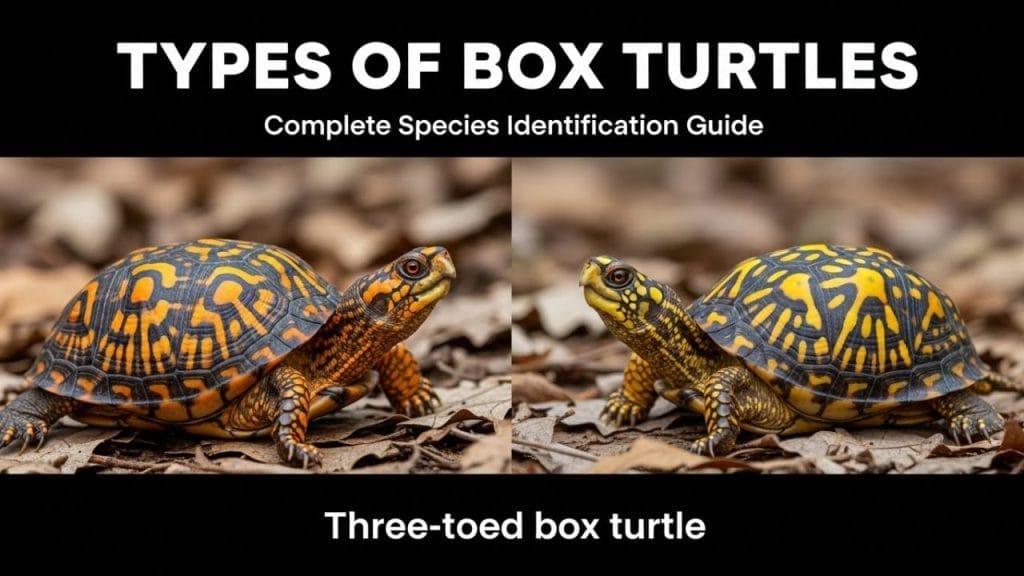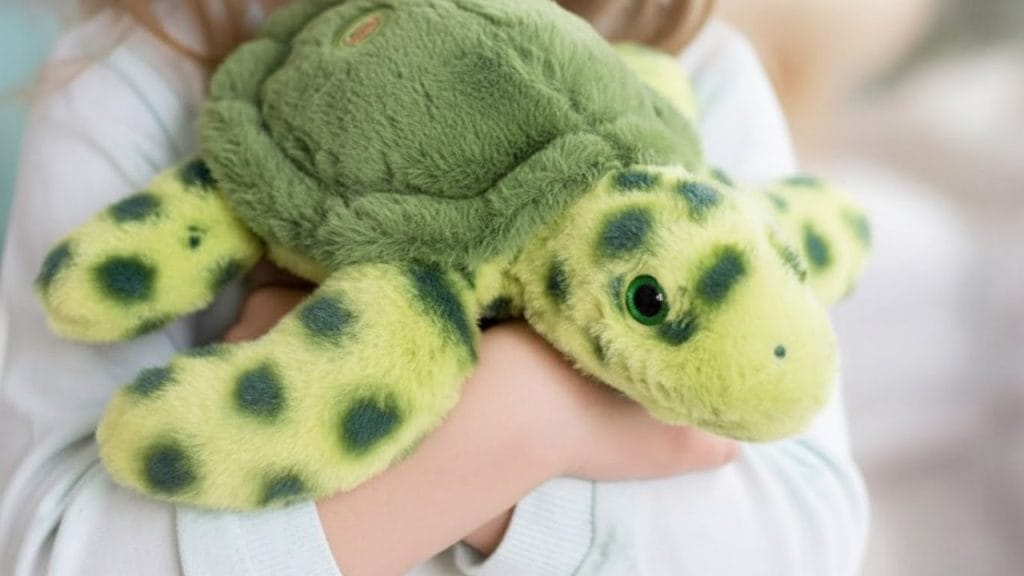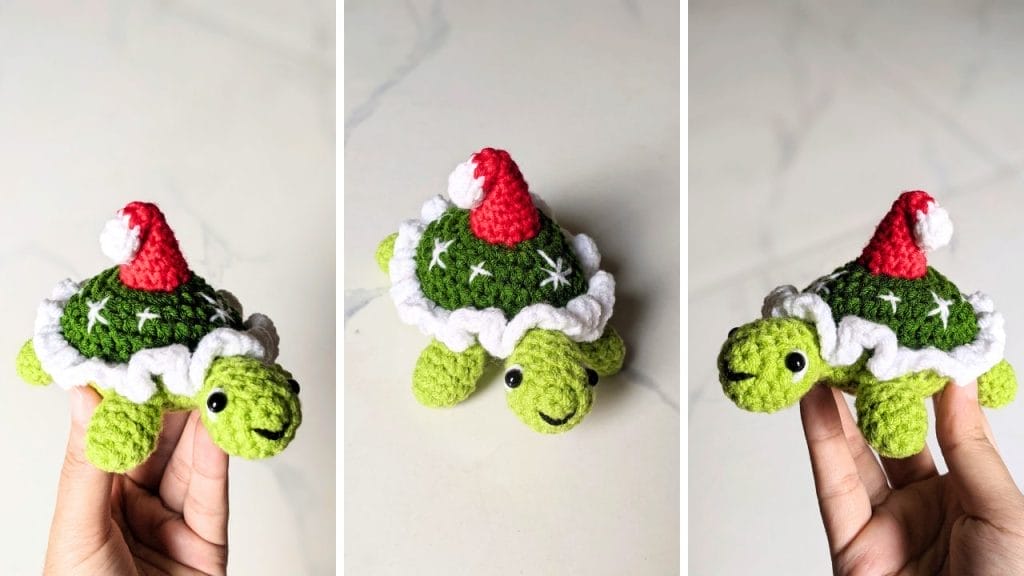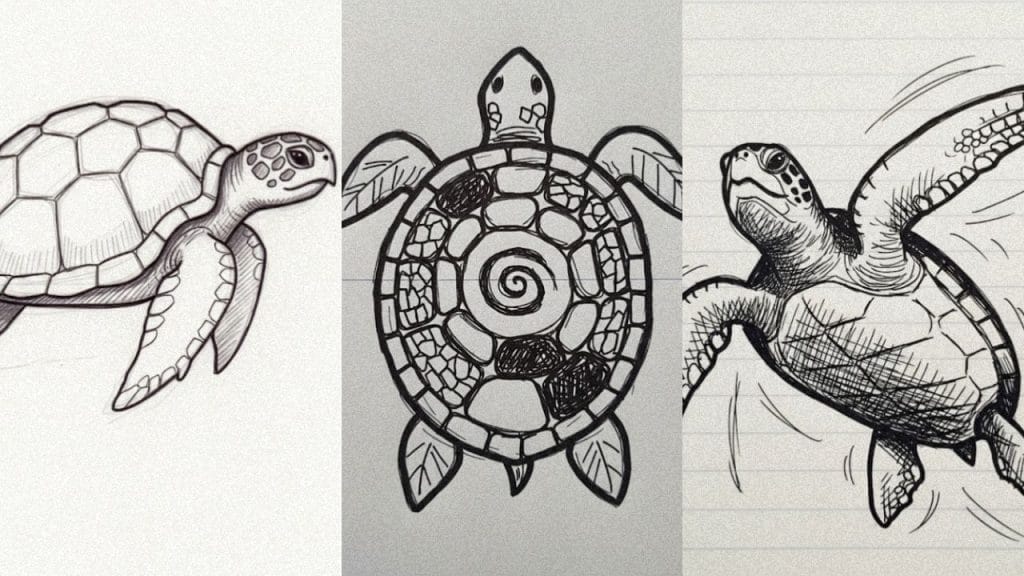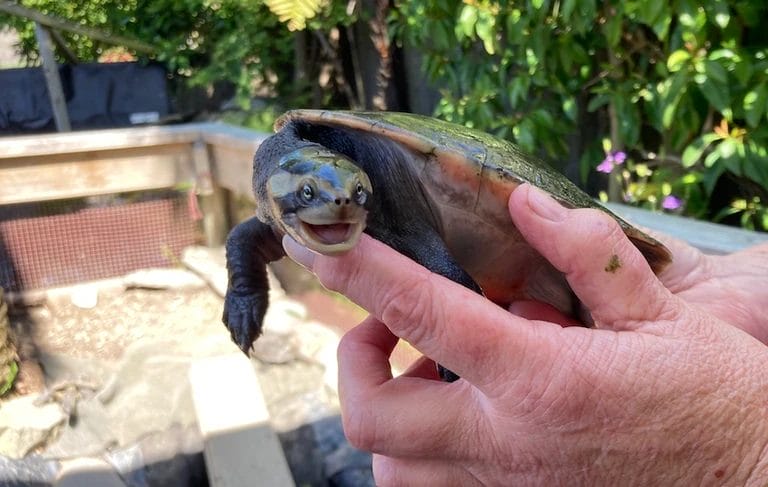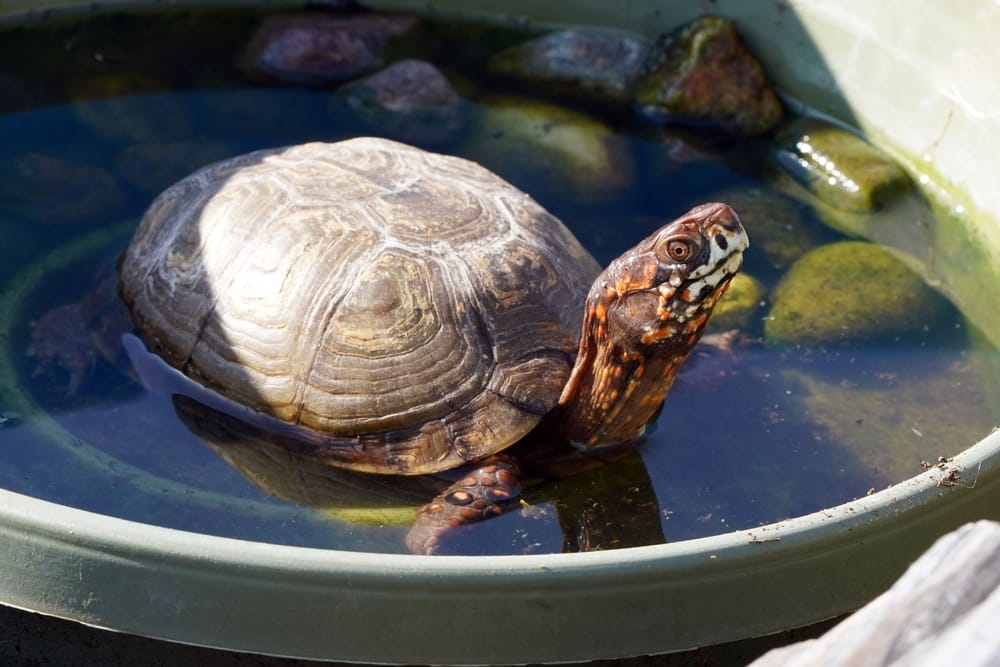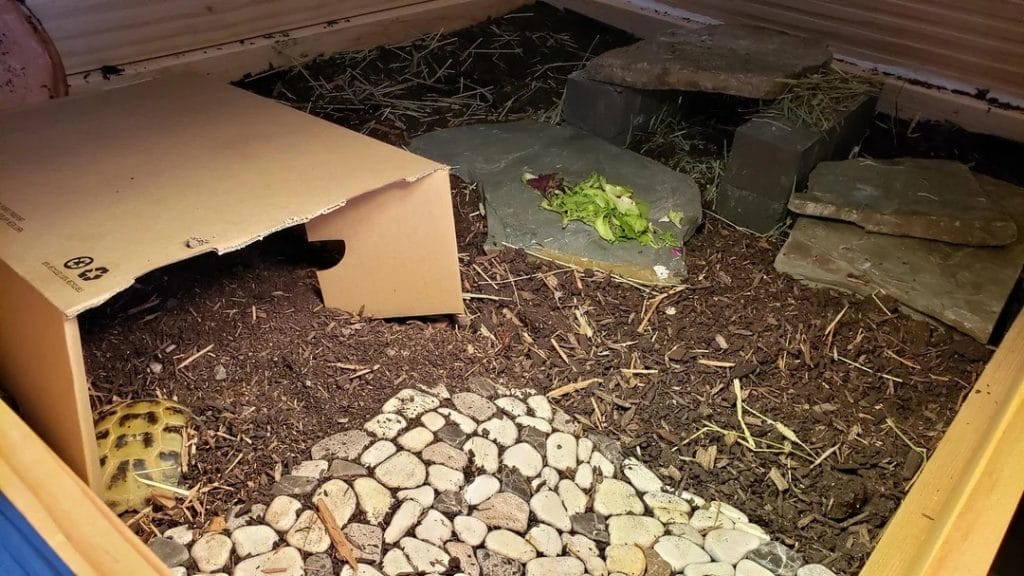How To Take Care Of Spotted Turtles? [Foolproof Guide]

This post was created with help from AI tools and carefully reviewed by a human (Muntaseer Rahman). For more on how we use AI on this site, check out our Editorial Policy.
Look, I get it. You see those adorable little black shells with yellow polka dots and think “I need one of these constellation turtles in my life.” But hold up there, cowboy.
Spotted turtles can live 50+ years and possibly over 100 years with proper care. This isn’t like buying a goldfish that might last two weeks if you’re lucky.

What Makes Spotted Turtles So Special (And Why You Should Think Twice)
Spotted turtles are small, aquatic turtles named for the yellow polka dots scattered across their dark shells, found in wetlands throughout the east coast and Great Lakes region of the United States.
Wrong! Here’s the kicker though – these little guys are way more impressive than they look.
They’re actually protected under international law now because people were shipping over 2 million live turtles to Asia every year. We’d be idiots to let them vanish just so someone can make turtle soup.
The Legal Reality Check (Spoiler Alert: It’s Complicated)
Before you even think about getting one, let’s talk legality.
Many states have specific laws protecting spotted turtles – they’re completely protected in Connecticut, Massachusetts, and other states with no open season for taking them.
In North Carolina, spotted turtles are listed as Threatened, making it illegal to possess them.
Plot twist! Even if they’re legal in your state, you should only buy captive-bred spotted turtles – never take them from the wild.
Bog turtles face similar legal protections and captive-breeding requirements—both are conservation success stories that depend on responsible keeping.
This Hilarious Turtle Book Might Know Your Pet Better Than You Do
Let’s be real—most turtle care guides feel like reading a textbook written by a sleep-deprived zookeeper.
This one’s not that.
Told from the snarky point of view of a grumpy, judgmental turtle, 21 Turtle Truths You’ll Never Read in a Care Guide is packed with sarcasm, sass, and surprisingly useful insights.
And hey—you don’t have to commit to the whole thing just yet.
Grab 2 free truths from the ebook and get a taste of what your turtle really thinks about your setup, your food choices, and that weird plastic palm tree.
It’s funny, it’s honest, and if you’ve ever owned a turtle who glares at you like you’re the problem—you’ll feel seen.
Housing Your Tiny Roommate (It’s Not What You Think)
Remember those tiny plastic turtle bowls from pet stores? Throw that idea in the trash right now.
Tank Size Requirements
The minimum enclosure for one adult spotted turtle should be at least 36″L x 18″W x 18″H, but bigger is always better.
Think of it like this: would you want to live in your bathroom for the next 50 years? Neither does your turtle.
The Land vs. Water Debate
Here’s where spotted turtles get weird. Spotted turtles spend a significant amount of time on land, so you need plenty of land area for roaming and moist soil for burrowing.
Roughly 50% of the enclosure should be water, just deep enough that the turtle can breathe by stretching on tiptoe from the bottom.
The weirdest part? Despite being essentially aquatic, they’re not particularly powerful swimmers, especially hatchlings and younger juveniles.

Water Quality (AKA The Expensive Part)
You need a canister-style filter capable of handling at least 2-3x the amount of water in your enclosure because turtles are incredibly messy animals.
So if you have 18 gallons of water, you need at least 54 gallons of filter power. This is NOT where you cheap out unless you enjoy daily water changes.
You also need to remove and replace 30% of the water once every 1-2 weeks to prevent toxic buildup.
Temperature and Lighting Setup
Heat Requirements
| Zone | Temperature Range |
|---|---|
| Basking Area | 86-90°F |
| Water Temperature | 70-80°F |
Use a halogen flood heat lamp placed on one side of the enclosure over the basking area – don’t use ceramic heat emitters, red bulbs, or blue bulbs as these aren’t as effective.
Lighting Schedule
Lights should be on for 14 hours/day during summer and 10 hours/day during winter.
You need UVB lighting – the UVB bulb should be half the length of the enclosure, placed 8-11″ above the basking platform if there’s mesh obstruction, and 13-15″ away if no mesh.
Don’t forget to replace your UVB bulb every 12 months – they lose effectiveness over time even if they still look bright.
Feeding Your Polka-Dotted Friend
The Protein vs. Vegetation Balance
Spotted turtles are opportunistic omnivores in the wild, eating aquatic insects, snails, worms, small fish, and various aquatic plants.
Most of their diet should be animal protein, especially when they’re hatchlings.
Feeding Schedule by Age
| Age Group | Protein Schedule | Vegetable Schedule |
|---|---|---|
| Young/Growing Turtles | Daily to every other day | Daily |
| Adults | 2-3x/week | Daily |
Portion Sizes Made Simple
Offer as much animal-based food as your turtle will eat in 5-10 minutes.
A portion of chopped vegetables should be roughly the same size as the turtle’s shell, and pellets should be roughly the same size as the turtle’s head.
What to Feed Them
Protein Options: Crickets, earthworms, dubias, discoids, shrimp/krill, bloodworms, mealworms, hornworms, silkworms, snails
Vegetable Options: Spirulina algae wafers, duckweed, pond lily, eelgrass, water hyacinth, collard greens, dandelion greens, endive, green leaf lettuce, kale, red leaf lettuce, romaine lettuce, cranberries, filamentous algae
Commercial Pellets: Omega One Juvenile Turtle Pellets, Omega One Adult Turtle Sticks, Tetra ReptoMin, Zoo Med Natural Aquatic Turtle Food, Mazuri Aquatic Turtle Diet
Commercial pellets are fine but should only make up 25–30% of the total diet. The rest should come from fresh protein sources and leafy greens.
Think of pellets as a backup for balanced nutrition, not the main course.
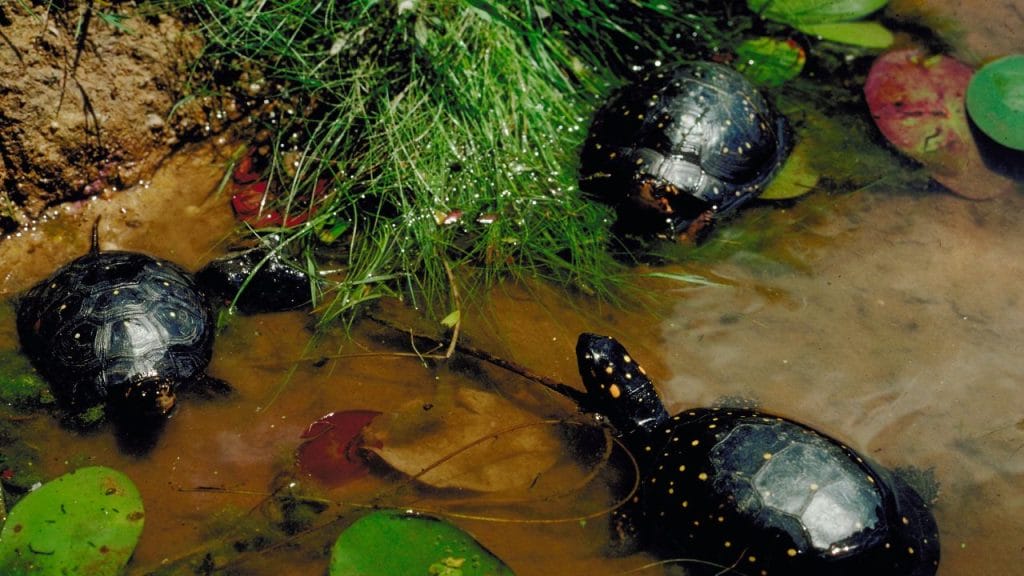
Health and Behavior Quirks
Seasonal Weirdness
Spotted turtles are strange – they’re fully active when temperatures are quite cool (spring and autumn) but may become inactive during the hottest summer days when other turtle species are most active.
It’s like they’re the opposite of normal turtles. They basically hibernate when everyone else is partying.
Handling (Spoiler: They Hate It)
Turtles generally don’t like to be handled, so keep handling to a minimum.
If you want to bond with your turtle, try tong-feeding instead.
Signs of a Happy Turtle
Watch for these behaviors:
- Active basking during the day
- Patient hunting style, heads dipping in and out of shallow water
- Regular eating patterns
- Exploring both land and water areas
Common Mistakes That’ll Kill Your Turtle
Overfeeding
If your turtle starts to look chubby, reduce the amount of food offered at each feeding.
Fat turtles can’t pull their limbs into their shells properly, which is like wearing pants that are too tight – uncomfortable and potentially dangerous.
Wrong Water Depth
Spotted turtles aren’t strong swimmers as hatchlings, so shallow water (3–5 inches with easy ramps and resting spots) is best for babies.
Adults, however, can handle deeper setups of 10–12 inches or more, provided they have sloped areas, platforms, and shallow spots to rest.
The key isn’t limiting depth but making sure they can reach the surface easily at any point.
Inadequate Land Area
A basking platform from pet stores isn’t enough – spotted turtles need actual land area for roaming and burrowing.
Temperature Drops
Air temperatures below 70°F may cause issues and make them go into hibernation if they can’t properly bask.
These mistakes aren’t unique to spotted turtles—our top 10 turtle mistakes article covers errors that affect all species.

The Bottom Line
Spotted turtles are way more complex than their cute appearance suggests.
They need proper legal documentation, a massive setup that costs more than most people’s monthly rent, and a decades-long commitment that’ll outlast most marriages.
But if you’re willing to do this right, you get a living constellation that’ll be with you longer than your car, your smartphone, and possibly your job.
Just remember: They’re small but sophisticated, and watching them is both educational and surprisingly entertaining.
The real question isn’t whether you can afford to buy one – it’s whether you can afford to keep one happy and healthy for the next 50 years.
Think you’re up for it?

About Author
Muntaseer Rahman started keeping pet turtles back in 2013. He also owns the largest Turtle & Tortoise Facebook community in Bangladesh. These days he is mostly active on Facebook.


